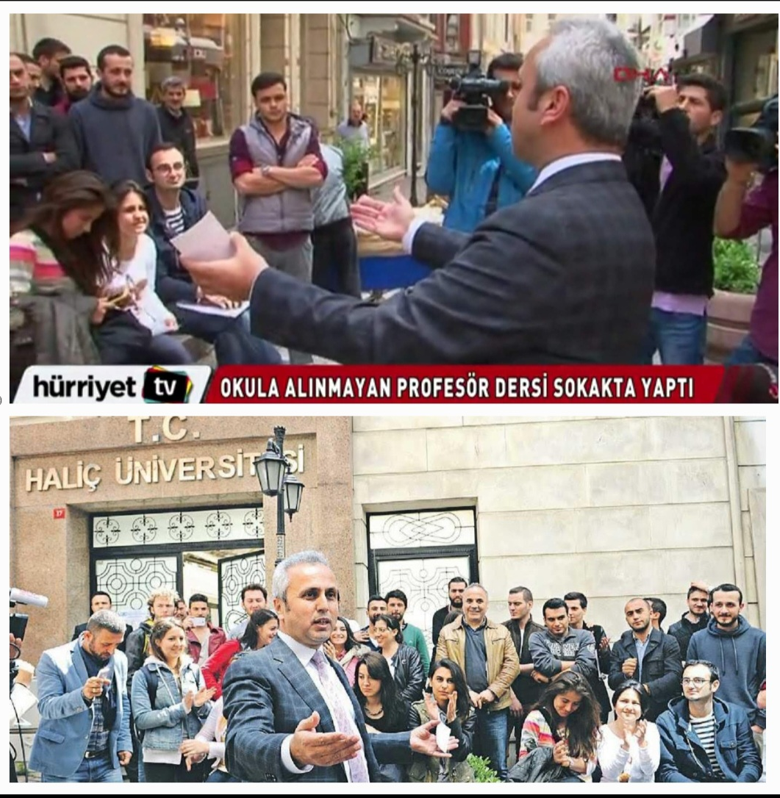Resources
Bridging the Gap, Seeing the Person
Since its inception nearly two years ago, Epilepsy Toronto’s unique Bridge the Gap ambassador program has reached thousands of participants while promoting epilepsy awareness and helping ambassadors develop skills deemed essential for workplace success. Here’s how it happened.
When we think of something that’s “heavy” we tend to often think of the dictionary definition of something that’s of “great weight” or “difficult to lift or move.”
Living with an invisible disability like epilepsy can be perceived, metaphorically at least, in much the same way.
“Heavy” is also the chosen monicker of rap artist-turned-inspirational speaker Steven Salguero.
Salguero 33, is one of several ambassadors attached to Epilepsy Toronto’s inspiring ambassador program, Bridge the Gap, which pairs skilled facilitators with volunteer speakers who share their personal stories with employers and community agencies in a variety of settings. The stories put a human face on an invisible disability while helping the speakers develop new skills which in turn can be applied to future workplace opportunities.
“Growing up in the Jane-Finch community, I made a lot of bad choices in life and dropped out of high school early.” says Salguero. “My mother, seeing that I was so lost took me to our home country, Ecuador. It was a trip that completely changed my life. Over there I got into a severe car accident that left me in a coma. I had to go through brain surgery which resulted in a speech impediment, acquired dyslexia and not being able to understand what feelings were. I was also diagnosed with epilepsy and then had to go to rehab for a couple of years.”
Recently, Salguero began turning his life around, finally deciding to complete high school. He’s currently enrolled at Seneca College studying acting.
It’s stories like this that have permeated workplaces for the better part of two years now, showing audiences that it’s not only possible to live with epilepsy and its related conditions, it’s possible to flourish with them too. Ultimately, the program’s goal is not only to “put a face on epilepsy” but to create deeper meaning for potential employers wishing to diversify their workforce. By creating a “three-dimensional networking” experience for recruiters who can feel more confident and motivated to reach out to an untapped workforce. The process works cyclically as well: ambassadors develop valuable communication, networking and esteem-building abilities within workplace settings, which increases confidence of what skill sets they offer employers. In short, it’s a win-win for everybody. (NICOLE: I struggled a bit with this, but what do you think of this graph? Better? We don’t really address partnerships in the article either…)
The message, we hope, makes heads of corporations, HR managers and small business owners all think twice about any bias they may have in hiring a person with epilepsy. We hope that after hearing facts about epilepsy in the workplace, combined with meeting these inspirational members who live with seizures, these people will be more open to giving a person with epilepsy a job and a chance at a better future. Having our ambassadors deliver these messages not only has greater impact on the recipients but offers our ambassadors much needed workplace experience; skill building public speaking, adult education and presenting; increased comfort in a workplace setting, and increased self-esteem. (You can change whatever you like…but I am suggesting that we round out or expand a bit what it means to have these messages in the workplace… i.e. gives ambassadors experience, skills, confidence, AND teaches to employers, staff, hr managers to be more open to hiring and accepting persons with seizures in the workplace ☺ )
“It’s been an honour and a privilege to be part of a program where we get to educate people, dispel myths and misconceptions and share our stories,” says public education coordinator Angini Mohammad. “It’s been a complete joy for me to work with the ambassadors. I’ve seen the transformations in them and I’m so proud of them. I look at our work as a collaboration and I’ve developed close relationships with my ambassadors. We’re a team.”
To date, that team has grown to include 34 ambassadors who collectively have reached over 4200 people across 230 presentations at agencies and corporations that include TD Bank, Humber College, Toronto Police, University of Toronto Rotman School, The National Yacht Club, The Retail Council of Canada, The Central National Exhibition (CNE) as well as various and assorted community health centres, and non profit service providers across the city.
Audience feedback has been overwhelmingly positive with responses indicating an increased awareness of epilepsy and seizure first aid. Hearing the ambassador’s personal stories has helped humanize people’s perception of epilepsy as well.
The experience has had a positive impact on ambassadors too, with almost all of them confirming the development of new skills including public speaking, marketing and organization among others. The great majority of ambassadors have also reported an increased awareness and confidence in managing soft skills too, including time management, commuter anxiety and task completion. Some, like Salguerro, have become inspired to strike out on their own, conducting inspirational seminars at public schools, while others have channelled their skills into newly-acquired part-time jobs. Finally, the experience has helped foster a sense of community by taking ambassadors out of isolation and being full participants in a cross-functional team that assumes ownership over their outreach strategies.
“The Bridge the Gap program has been a wonderful experience for me,” says ambassador Shonet D’Souza. “It offers me the opportunity to use my training and public speaking skills to educate people about epilepsy, especially in the employment market. This program has helped me meet so many people advocating for the cause including epilepsy warriors like myself who are thriving in the community.”
It’s a sentiment echoed by “Heavy” Salguero.
“Once I got better I wanted to do something positive with my life so I got involved with different forms of art. Although I’m diagnosed with epilepsy, I encourage people to not give on their dreams. Whenever I have a seizure, I pick myself up and move forward. My life story shows that you can make change and progress no matter what you go through. If I can do it, anybody can do it better than me.”
To book your presentation or for more information on Bridge the Gap, please visit Epilepsy Toronto’s web site, www.epilepsytoronto.org or contact project coordinator Angini Mohammad at either 416.964.9095 or angina@epilepsytoronto.org




